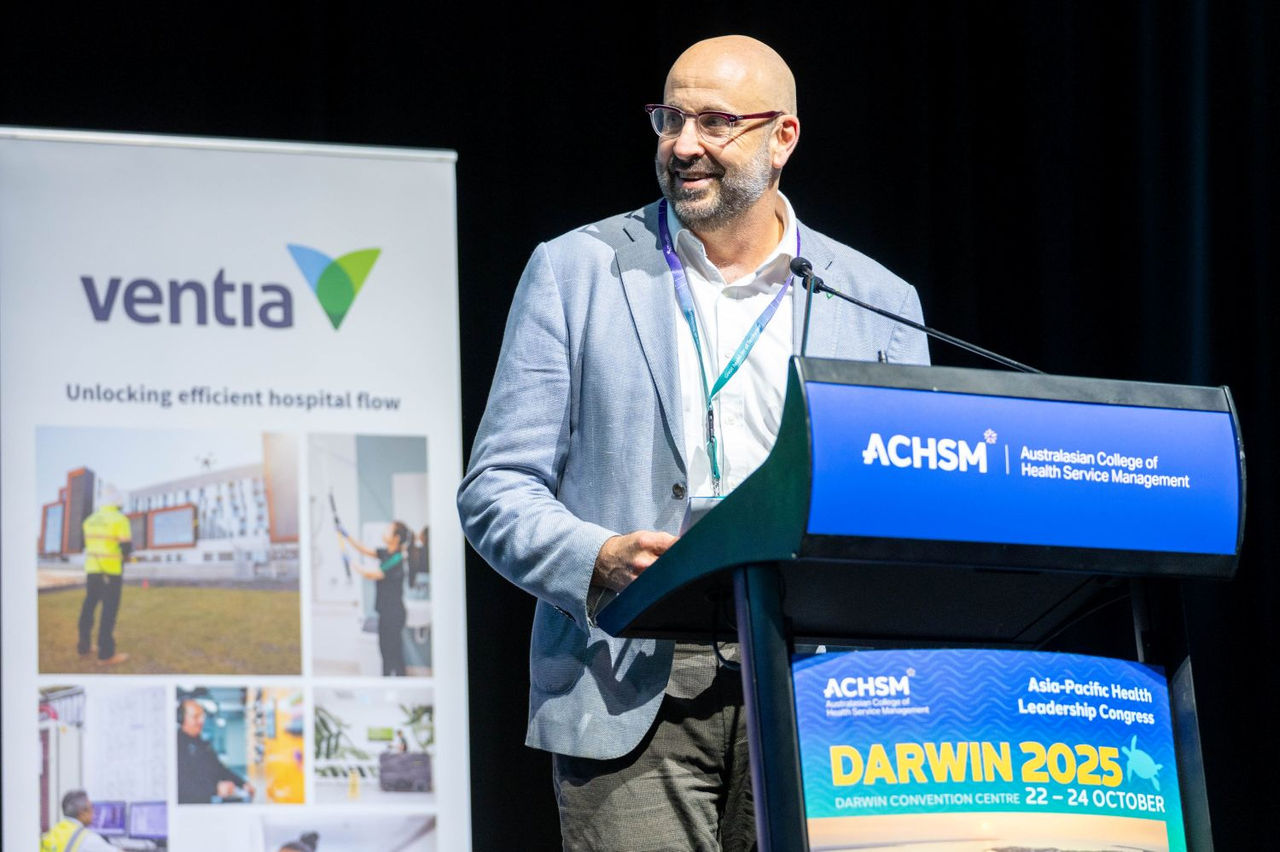Predictive Modelling Using Engineering Data
Instead of manual asset counts, we turned architectural and engineering data into predictive logic.
Using Australian / New Zealand standards, schematics, engineering calculations and industry benchmarks, we created a model that mathematically predicts what assets should exist within a hospital.
The model compared predicted results with actual data - and the alignment is very encouraging:
- Fire and Electrical assets achieved the strongest match, thanks to well-defined design rules and compliance requirements.
- HVAC and Medical Gases performed consistently, with small variations due to zoning and redundancy differences between facilities.
- Predictive accuracy was highest wherever drawings, SME input, and benchmarks were clean and consistent.
These results proved the concept works - technology can accurately mirror real-world conditions and highlight data gaps without invasive surveys.
The model doesn’t replace engineers; it amplifies their expertise by showing where to look first.


